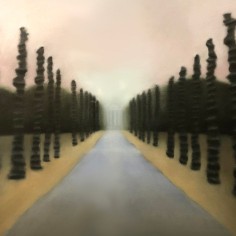AUTOUR DE L'INSOLITE
January 20 - March 5, 2022
-
![Laure Albin GUILLOT [1879-1962], "La Demone"](Laure_Albin_GUILLOT_1879-1962_La_Demone-SQR.jpg)
Laure Albin GUILLOT [1879-1962], "La Demone"
-
![Dora MAAR [1907-1997], "La Liberte"](Dora_MAAR_1907-1997_La_Liberte-SQR.jpg)
Dora MAAR [1907-1997], "La Liberte"
-
![Hans BELLMER [1902-1975], "Les Jeux de la Poupee XIV"](Hans_BELLMER_1902-1975_Les_Jeux_de_la_Poupee_XIV-SQR.jpg)
Hans BELLMER [1902-1975], "Les Jeux de la Poupee XIV"
-
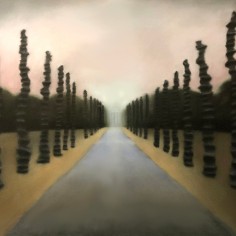
Robin PALANKER, "Monument"
-
![Francis PICABIA [1879-1953], "Sans Titre"](Francis_PICABIA_1879-1953_Sans_Titre-1-SQR.jpg)
Francis PICABIA [1879-1953], "Sans Titre"
-
![Manuel ALVAREZ BRAVO [1902-2002], "Parabola Optica (Optical Parable)"](Manuel_ALVAREZ_BRAVO_1902-2002_Parabola_Optica_Optical_Parable-1-SQR.jpg)
Manuel ALVAREZ BRAVO [1902-2002], "Parabola Optica (Optical Parable)"
-
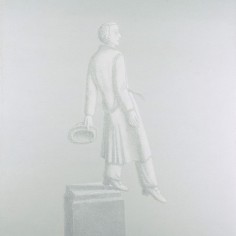
Grisha BRUSKIN, "I dreamed of... (Monument)"
-
![Hannah HOCH [1889 - 1978], "Flucht Vor Unheil (Fleeing from Disaster)"](Hannah_HOCH_1889_-_1978_Flucht_Vor_Unheil_Fleeing_from_Disaster-SQR.jpg)
Hannah HOCH [1889 - 1978], "Flucht Vor Unheil (Fleeing from Disaster)"
-
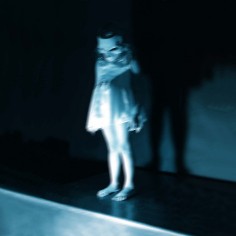
Gottfried HELNWEIN, "Stage Fright"
-

Nono BANDERA, "Centinelas de la Fe"
-
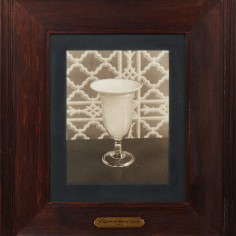
David McDERMOTT and Peter McGOUGH, "An Experience of Amusing Chemistry"
-
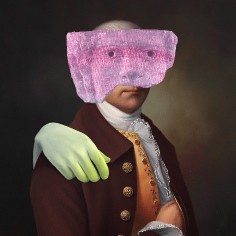
Shawn HUCKINS, "(Robert Shewell)"
-
![Mark STOCK [1951-2014], "Reverie 11"](Mark_STOCK_1951-2014_Reverie_11-SQR.jpg)
Mark STOCK [1951-2014], "Reverie 11"
-
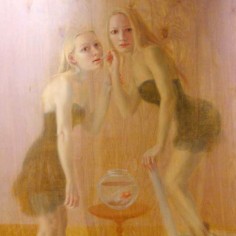
Elina ANATOLE, "Goldfish"
-
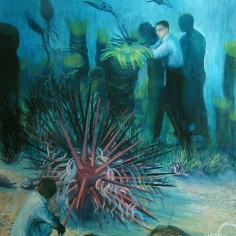
Deborah BROWN, "Aquiculture"
-
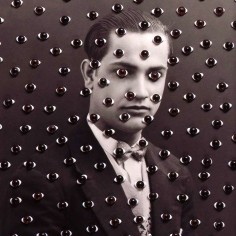
Carmen CALVO, "Virgilio"
-
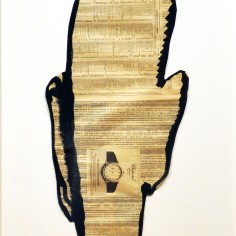
Jean-Charles BLAIS, "Untitled"
-
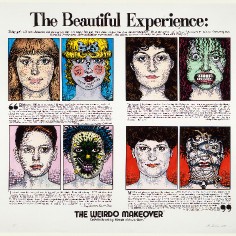
R CRUMB, "The Weirdo Makeover"
-
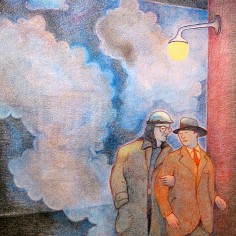
Glen BAXTER, "'Perhaps I could re-awaken your interest in lettuce'"
-

Tony OURSLER, "Study for 2 Eyed Snake"
-
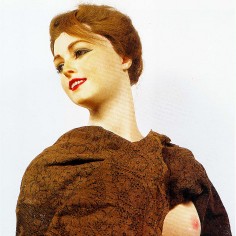
Pierre MOLINIER & Clovis TROUILLE, "The Smile"
-
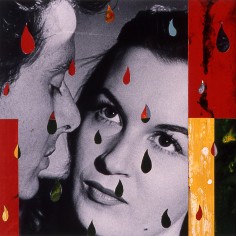
Manuel RUFO, "Lasgrimas"
-
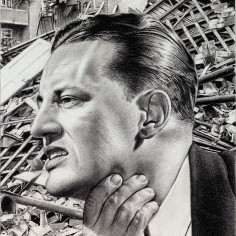
Douglas BOND, "Man and Bombed House"
-
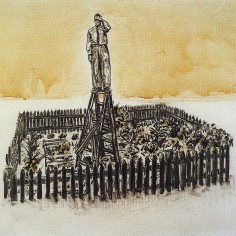
David BAILIN, "Garden"
-
![Vladimir LEBEDEV [1891-1967], "Portrait of Gurdjieff"](Vladimir_LEBEDEV_1891-1967_Portrait_of_Gurdjieff-SQR.jpg)
Vladimir LEBEDEV [1891-1967], "Portrait of Gurdjieff"
-
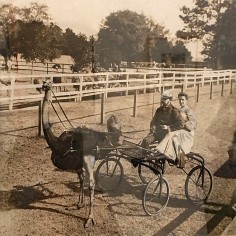
Underwood and Underwood, "Horseless Carriage, Jacksonville, FL"
-
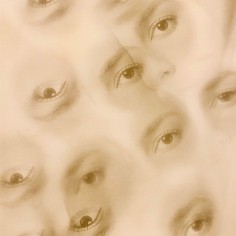
Robert STIVERS, "Eyes"
-
![Andre RACZ [1916-1994], "Study with Fishmachine 24"](Andre_RACZ_1916-1994_Study_with_Fishmachine_24-SQR.jpg)
Andre RACZ [1916-1994], "Study with Fishmachine 24"
-
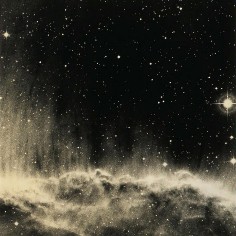
David MALIN, "The Horsehead Nebula Cloud"
-
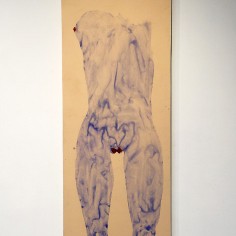
Sandra MARTAGEX, "Untitled"
-

Peter SHIRE, "Tea pot"
-
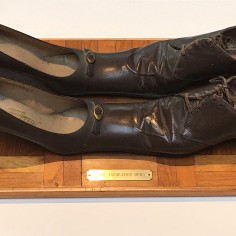
Philip GARNER, "Dance - Instruction Shoes"
-
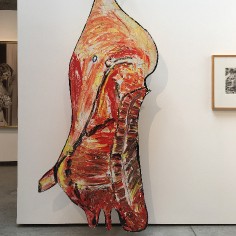
LE BOUCHER CORPAATO, "Untitled"
-
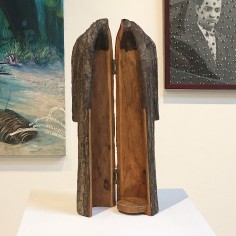
James JIN, "Trunk Coat"
-
![Mark STOCK [1951-2014], "Forest Murmurs"](Mark_STOCK_1951-2014_Forest_Murmurs-SQR.jpg)
Mark STOCK [1951-2014], "Forest Murmurs"
-
![John HAVINDEN [1908-1987], "Portrait of Egyptian Queen"](John_HAVINDEN_1908-1987_Portrait_of_Egyptian_Queen-SQR.jpg)
John HAVINDEN [1908-1987], "Portrait of Egyptian Queen"
-
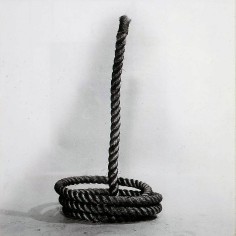
Anonymous, "Magic Rope"
-
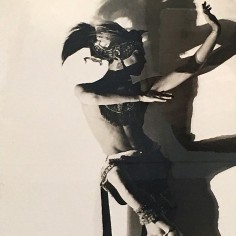
Otto Kurt VOGELSANG, "Alexander von Swaine in 'Javanese Dance'"
-
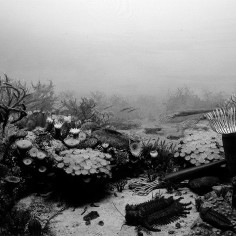
Hiroshi SUGIMOTO, "Devonian Period"
-
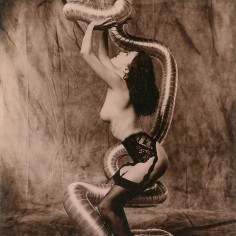
Thierry VASSEUR, "Les paradis perdus. Femme nue et tentacule métallique"
-
![Edward S. CURTIS [1868-1952], "Aphrodite"](Edward_S-_CURTIS_1868-1952_Aphrodite-SQR.jpg)
Edward S. CURTIS [1868-1952], "Aphrodite"
-
![ROMI [1905-1995], "Loulou, la poupee nudiste"](ROMI_1905-1995_Loulou_la_poupee_nudiste-SQR.jpg)
ROMI [1905-1995], "Loulou, la poupee nudiste"
-
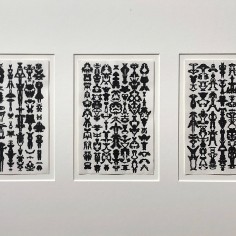
Bruce CONNER, "Trio"
-
![Wallace BERMAN [1926-1976], "Dirty Tree"](Wallace_BERMAN_1926-1976_Dirty_Tree-SQR.jpg)
Wallace BERMAN [1926-1976], "Dirty Tree"
-
![Andre DE DIENES [1913-1985], "Untitled"](Andre_DE_DIENES_1913-1985_Untitled-SQR.jpg)
Andre DE DIENES [1913-1985], "Untitled"
-
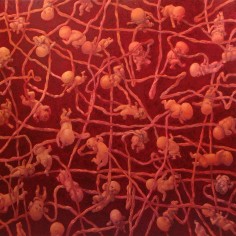
Michael KVIUM, "Future Jam"
-
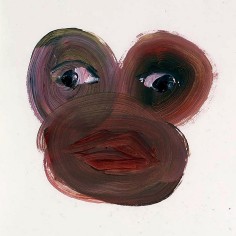
Tony OURSLER, "Pink Confusion"
-
![Roland TOPOR [1938-1997], "Art Work"](Roland_TOPOR_1938-1997_Art_Work-SQR.jpg)
Roland TOPOR [1938-1997], "Art Work"
-
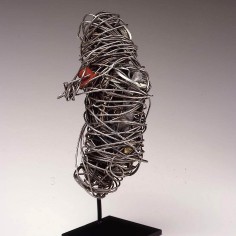
Philadelphia Wireman, "Silver Cap and Key Rings"
![AUTOUR DE L'INSOLITE -- Laure Albin GUILLOT [1879-1962], "La Demone" Laure Albin GUILLOT [1879-1962], "La Demone"](Laure_Albin_GUILLOT_1879-1962_La_Demone.jpg)
Summary
When the pioneering Japanese roboticist Masahiro Mori considered the future of his field in 1970, he anticipated a phenomenon that he found troubling. As automata became more lifelike, more closely resembling humans, Mori predicted that they’d enter an “uncanny valley,” a realm where they were disarmingly bizarre. Mori’s prediction has come to pass in technologies ranging from Disney animatronics to metaverse avatars. However, the great German artist Hans Bellmer anticipated Mori by nearly half a century, deliberately using the uncanny for artistic effect.
Bellmer’s celebrated Poupée series of the 1930s featured an articulated pubescent female doll he photographed in sexual poses that appeared almost but not quite human: a fetish object that elicited equal parts desire and unease. One of these important Surrealist artworks is a highlight of a new museum-quality exhibition opening today at Modernism Gallery. Autour de l’Insolite II explores the surprising and bizarre – l’insolite in French – in several dozen works of modern and contemporary art. Encompassing painting, sculpture, drawing, and photography, and featuring artists ranging from Francis Picabia to Hannah Hoch to Tony Oursler to Peter Shire to R. Crumb to the Philadelphia Wireman, the exhibition is the second chapter in the gallery’s comprehensive investigation of l’insolite. (The first chapter was exhibited in 1999).
Although the uncanny is an important aspect of l’insolite – and thoroughly represented in works by artists including Romi, Carmen Calvo, and Gottfried Helnwein – the exhibition also covers myriad other facets of the surprising and the bizarre. Some works playfully capture how life can be stranger than fiction, such as a spectacular hand-colored 1904 photograph by Underwood & Underwood documenting a couple in a “horseless” carriage pulled by a large ostrich. Other works enter domains beyond human experience, such as the Horsehead Nebula Cloud, as photographed by the astronomer David Malin in 1975.
Numerous paintings and drawings drop the viewer into inexplicable situations. Twin girls listen attentively to a bowl of goldfish in an arresting double self-portrait by Elina Anatole. In a charcoal by David Bailin, a middle-aged man surveys an empty landscape from a ladder in his fenced garden. Darkroom magic and photocollage offer other forms of disorientation – including conflicting perspectives and extreme juxtapositions – exemplified by important works by Andre de Dienes, Dora Maar, and André Racz.
Artistic visions of the exotic, real or imagined, provide another important theme in the exhibition. The German dancer Alexander von Swaine performs a costumed Javanese dance in a 1920s photograph by Otto Kurt Vogelsang. And in Les Paradis Perdus, the photographer Thierry Vasseur offers his own postmodern version of Eve’s temptation by posing a woman in lingerie wrangling a serpentine twist of metallic ventilation pipe. (John Milton would certainly have been surprised.)
Where l’insolite is not directly shown, it’s evoked through figures in various states of reverie or trance. We experience the strangeness of this space vicariously through the diaphanous human figures in the 1930s photography of Edward S. Curtis and a 2003 painting by Grisha Bruskin.
Although “surprising” and “bizarre” are standard translations for l’insolite, the concept is really too complex to be contained by terminology, English or French. As the surprising and bizarre work in this exhibition shows, l’insolite truly comes into focus only in art.
